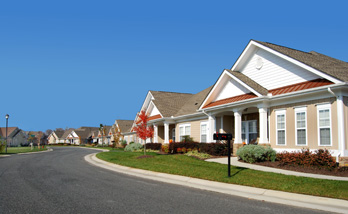Retirement Village Leases & Service Contracts
There are several ways for people to own or occupy premises in a retirement village. People often occupy retirement villages:
- Under long-term leases.
- Under licence.
- Under Strata Title.
Under a long-term lease, the occupier is entitled to live in the property for a period of time pursuant to the lease (commonly 99 years). The property developer maintains ownership of the property but the lease can be transferred by the occupier. Beyond the lease agreement, a ‘service agreement’ sets out the terms and conditions regarding the services provided.
Long-term leases usually call for a trustee company to be appointed to take care of the financial aspects whilst a manager is appointed for day-to-day village management. Under a license, the property developer again maintains ownership of the property but the occupier provides a long-term loan or donation in return for the right to occupy the property. This is a more cost-effective approach as the cost of entry is substantially lower. The downside to this approach is forgoing the benefit of capital gains the property attracts as the market matures.
Strata Title Ownership is the most secure form of occupation with the added benefit of body corporate membership, granting certain rights to contribute to the management of the retirement village. The downside to this approach is a higher cost of entry due to stamp duty on the purchase, however, the advantage is accruing capital gains on the property as the market further matures.
We always recommend seeking advice whilst reviewing alternative retirement villages and certainly prior to signing any documents regarding occupation.
We can also assist you with interpreting the Retirement Villages Act 1999 and can provide you with a full understanding of your legal position.

